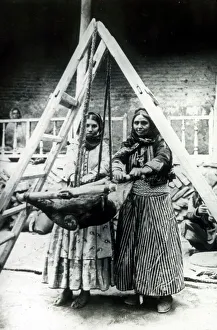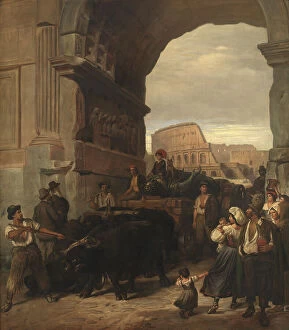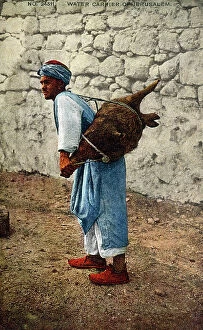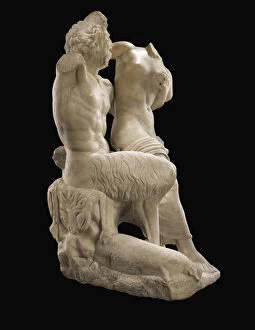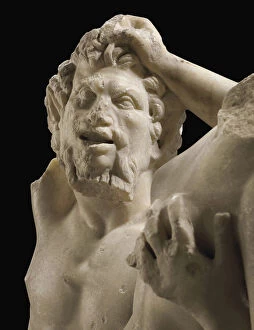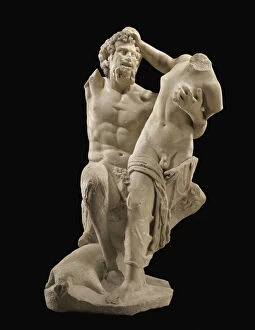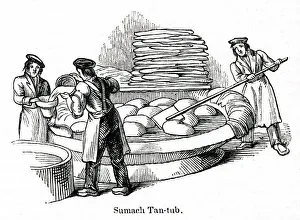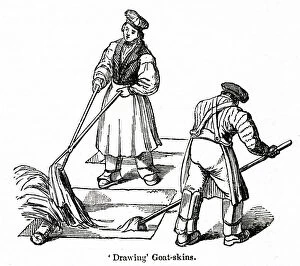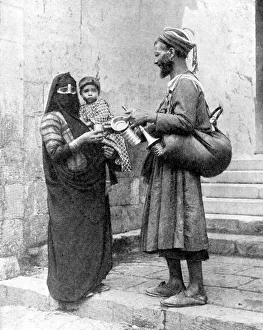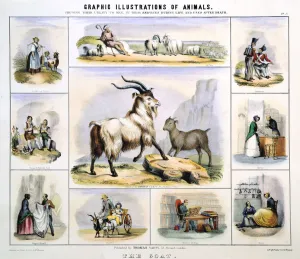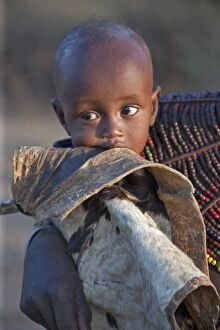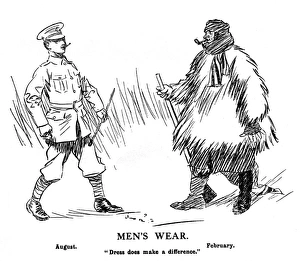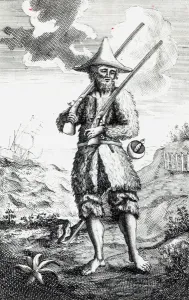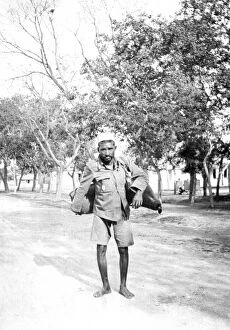Goatskin Collection
"Unveiling the Versatility of Goatskin: From Milk Churning to Fashion Statements" Goatskin has long been an integral part of various cultures and traditions
All Professionally Made to Order for Quick Shipping
"Unveiling the Versatility of Goatskin: From Milk Churning to Fashion Statements" Goatskin has long been an integral part of various cultures and traditions, showcasing its versatility in different aspects of life. In a captivating scene from Persia, two women skillfully rock a goatskin to churn milk, exemplifying the resourcefulness and ingenuity that this material offers. Traveling to Jerusalem, Israel, we encounter a water carrier gracefully balancing her load on her head - a traditional practice that often involves using goatskins as containers. The resilience and durability make it an ideal choice for such demanding tasks. Venturing further into Africa's vibrant landscapes, we find ourselves immersed in Ethiopia's Southern Omo region with the Karo Tribe. Here, intricate details adorn the clothing made from goat skin worn by Karo women. Their craftsmanship highlights not only their artistic prowess but also their deep connection with nature. Taking us back centuries ago is a marble sculpture depicting Pan and Hermaphrodite from the 1st century AD. This masterpiece showcases how even ancient artists recognized the beauty and texture offered by goatskin as they meticulously carved every detail into marble. Moving forward through time but still within the realm of artistry is Plate 16 - a vivid portrayal of people enjoying outdoor activities while one man pours wine or water from a vessel. It reminds us that throughout history, goatskins have played an essential role in facilitating communal gatherings and celebrations. Journeying southward to Sennar in Sudan reveals another facet of goatskin's significance - costume design. The inhabitants proudly don garments crafted from this versatile material, reflecting both cultural identity and practicality in harsh climates. In bustling cities like London, modern industries rely on traditional techniques such as sumach tan tubs at leather factories where skilled artisans transform raw goat hides into exquisite leather products. This process ensures that goatskins continue to be cherished for their quality worldwide.

